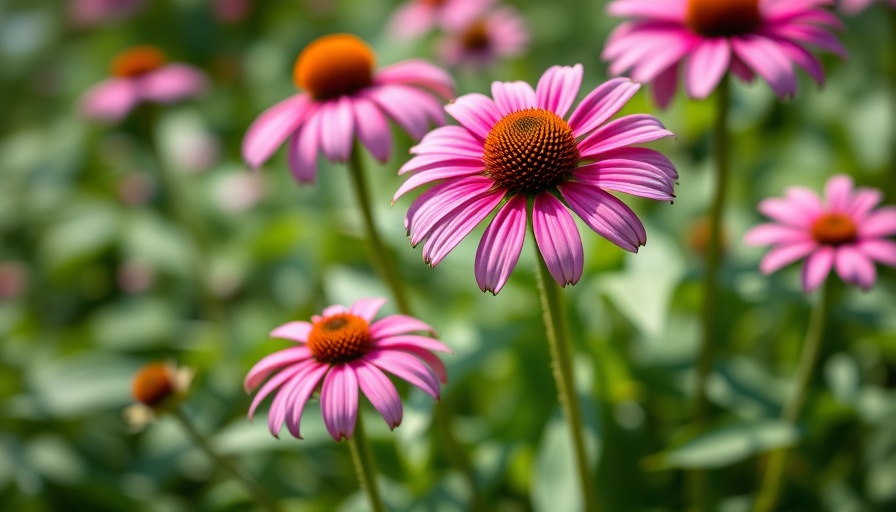
The Art of Deadheading Coneflowers: Enhancing Your Garden’s Beauty
Coneflowers, particularly the iconic Echinacea purpurea, are not just a beautiful staple in gardens across North America; they are veritable magnets for pollinators and vibrant additions to our outdoor landscapes. However, maintaining their health and bloom can involve a practice that many gardeners might overlook: deadheading. This article explores the significance of deadheading and how it contributes to a thriving garden.
Understanding Deadheading: What It Is and Its Purpose
Deadheading refers to the practice of removing spent flowers from a plant. By cutting off these faded blooms, gardeners can prevent the plant from redirecting its energy into seed production. Instead, the energy is redirected toward vegetative growth, which promotes new blooms. This simple act can lead to a more abundant display of flowers and a longer blooming season.
The Benefits of Deadheading Coneflowers
There are several compelling reasons to consider deadheading your coneflowers. First, it encourages further blossoming. When you remove old flowers, Echinacea tends to produce more lateral buds, resulting in a bushier and more colorful plant. Additionally, deadheading can help keep your garden looking neat and tidy, especially as summer progresses and some plants fade.
Real-life Examples: My Neighbor’s Garden
Take, for instance, the contrasting gardens of my neighbor and myself. While they boast tall and flourishing purple coneflowers in partial shade, my more compact red ones languish in the sun, yet still bud. This difference emphasizes how deadheading can significantly impact the vibrancy and overall health of coneflowers, depending on individual gardening techniques and conditions.
Timing the Deadheading Process
Deadheading can occur throughout the growing season but is particularly important after the first flush of blooms. In the warmest climates, as summer progresses, many gardeners opt to cut back plants by up to half their height, a practice that not only promotes new growth but also revitalizes plants during their late-season slump.
When Not to Deadhead: Considerations for Different Zones
It’s crucial to understand your gardening zone before undertaking deadheading and pruning. In cooler regions, it may be unwise to severely cut back coneflowers, as there may not be enough time for them to rebound before the first frost arrives. Observing the signs in your garden and adjusting accordingly can lead to more successful outcomes.
Combining Deadheading with Other Gardening Tips
Effective gardening extends beyond just deadheading. Pair this technique with general gardening tips such as proper watering, soil management, and pest control to create a robust, more resistant flower garden. Consider integrating companion planting for Echinacea and other perennial plants that foster an eco-friendly garden environment.
Embracing Coneflowers in Your Landscaping
Incorporating coneflowers into your landscape not only enhances the beauty but also creates a valuable habitat for wildlife, particularly pollinators like bees and butterflies. To maximize their impact, consider creating a layered look with varying heights of plants, making your garden visually appealing while also functional for local fauna.
Conclusion: Take Action in Your Garden
Now that you understand the importance and impact of deadheading coneflowers, consider embedding this simple practice into your gardening routine. Your efforts will yield a more vibrant garden that attracts beneficial wildlife while ensuring that your coneflowers continue blooming throughout the season. So grab those pruners and transform your garden into a cylinder of color and life!
 Add Row
Add Row  Add
Add 




Write A Comment